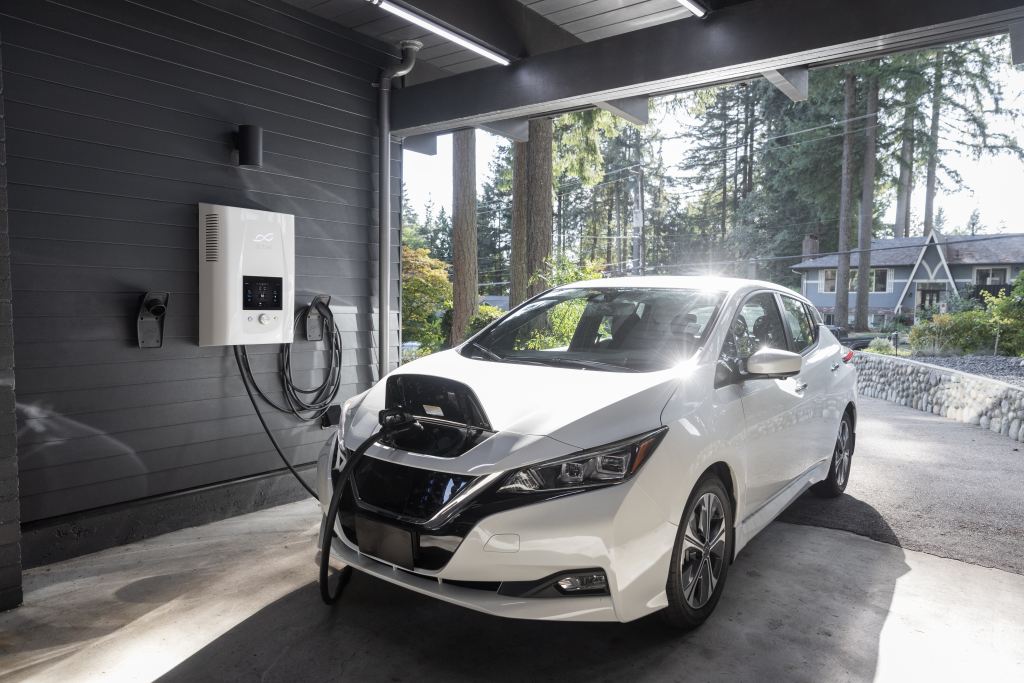
The Leander House is about to get an upgrade!
Smart home devices have become increasingly popular in recent years, and for good reason. They can increase convenience, security, and energy efficiency in your daily life. However, getting started with smart devices can be overwhelming, with many options available. In this post, we’ll provide a step-by-step guide to help you implement smart devices in your home.
Step 1: Determine your needs
The first step in implementing smart devices in your home is to determine your needs. Consider what you want to achieve with your devices. Do you want to automate your lighting system, improve your home security, or control your home appliances remotely? Make a list of the devices that can help you achieve these goals.
Step 2: Choose the right platform
There are many platforms available for smart home automation, including Amazon Alexa, Google Home, Apple HomeKit, and Samsung SmartThings. Choose the platform that works best for you and your devices. Consider the devices you want to use, the compatibility of the platform, and the features that are important to you.
Step 3: Choose your devices
Once you have chosen your platform, select the devices that are compatible with it. Some popular smart devices include smart thermostats, smart plugs, smart lighting, smart locks, and security cameras. Consider the features you want in each device, such as voice control, remote access, or energy monitoring.
Step 4: Install and set up the devices
Follow the manufacturer’s instructions to install and set up each device. This may involve connecting the device to your Wi-Fi network and registering it with your chosen platform. Make sure to follow the instructions carefully to ensure that your devices work properly.
Step 5: Create automation routines
Most smart home platforms allow you to create automation routines to make your devices work together. For example, you can create a routine that turns on the lights when you come home, or one that adjusts your thermostat when you leave. Consider the routines that will be most useful to you and create them in your chosen platform.
Step 6: Test and troubleshoot
Test your devices and routines to make sure they are working properly. If you encounter any problems, check the manufacturer’s website for troubleshooting tips or contact customer support. Make sure to keep your devices and platform up-to-date to ensure that they continue to work properly.
Implementing smart devices in your home can increase convenience, security, and energy efficiency. By following these steps, you can choose the right platform, devices, and automation routines to meet your needs. With smart devices, you can enjoy a more connected and efficient home.
Have you already upgraded your house to incorporate smart devices? How did you choose your platform? How did you determine your needs? Are you happy with the results? Tell me EVERYTHING.